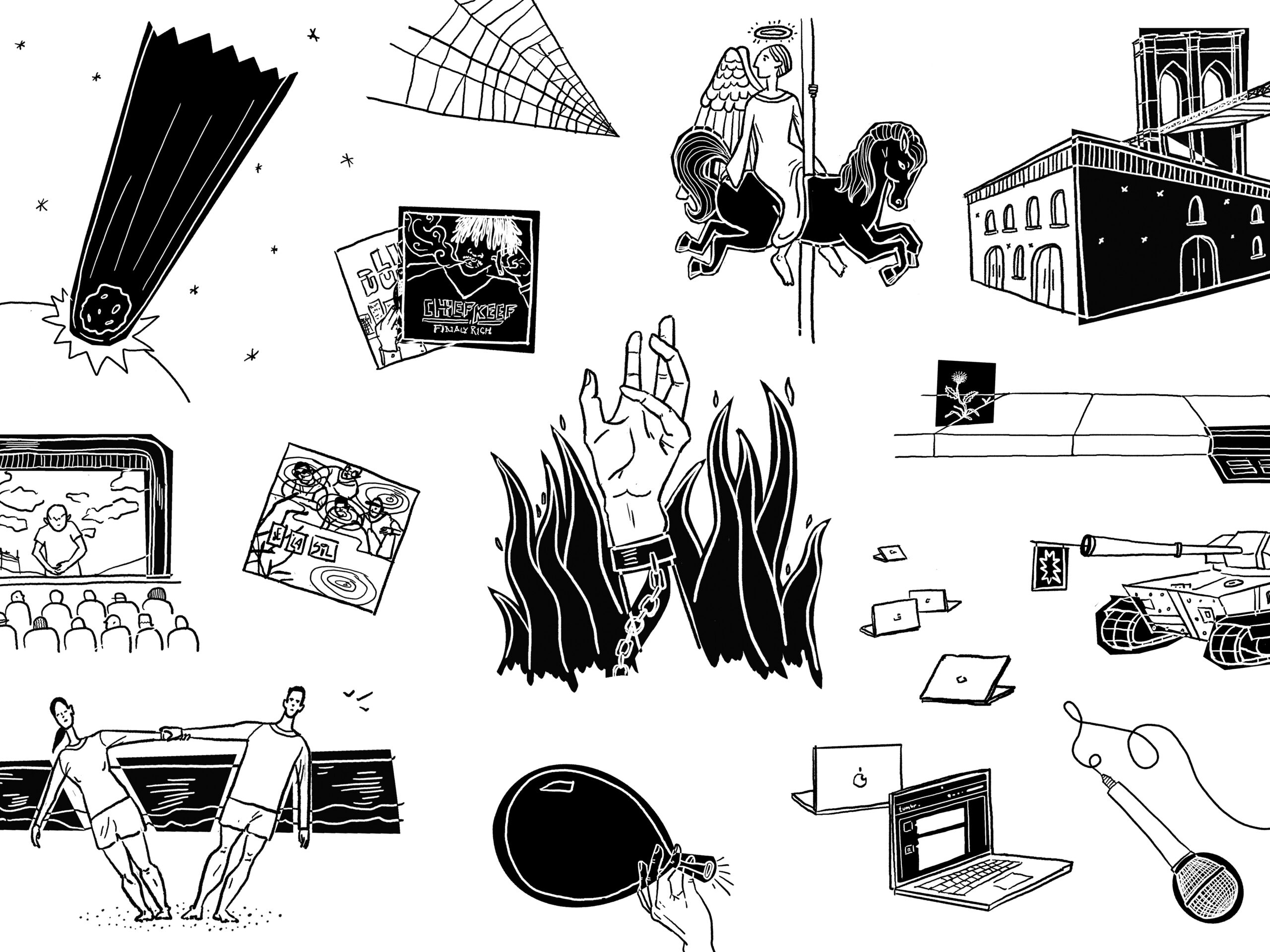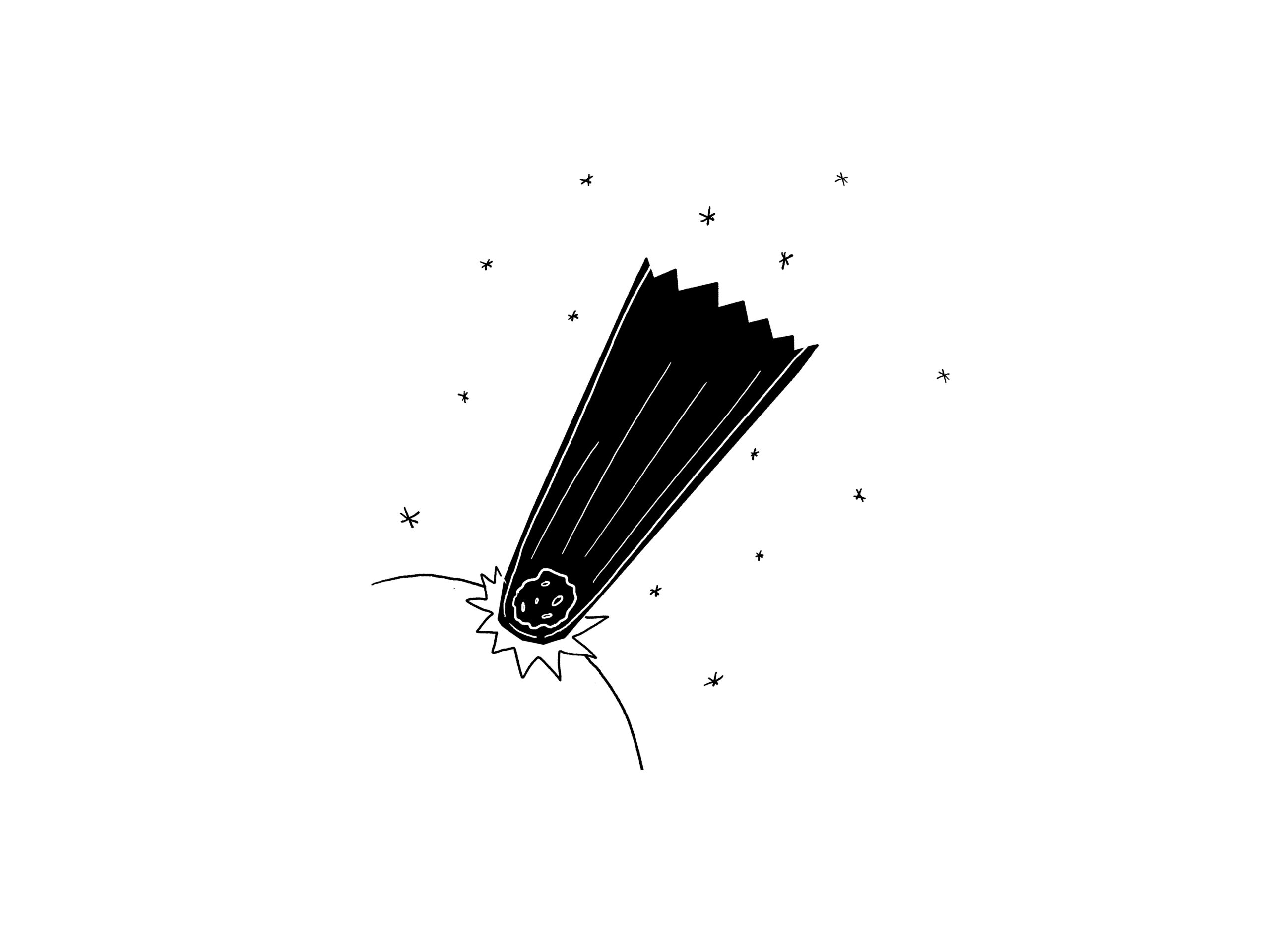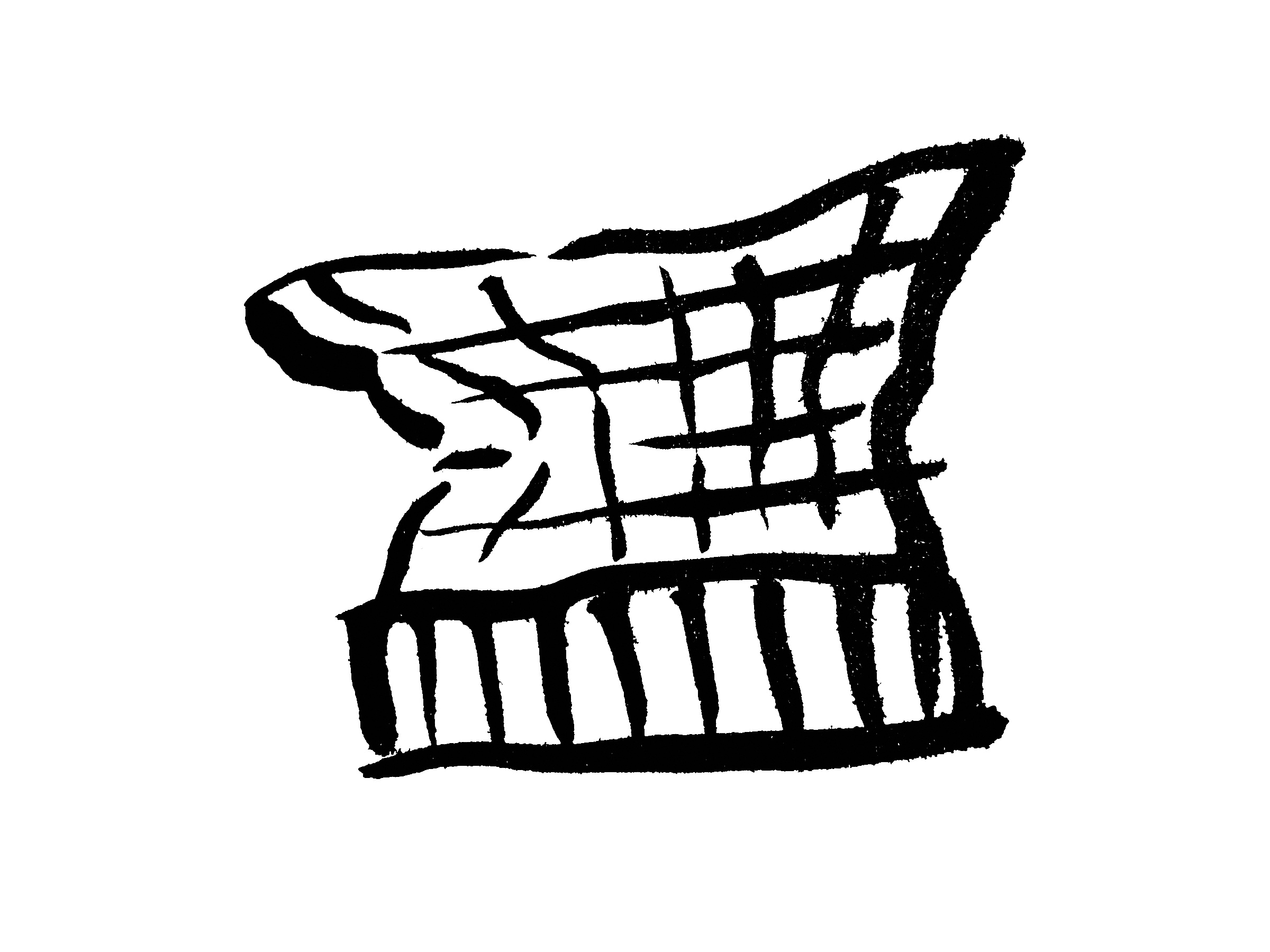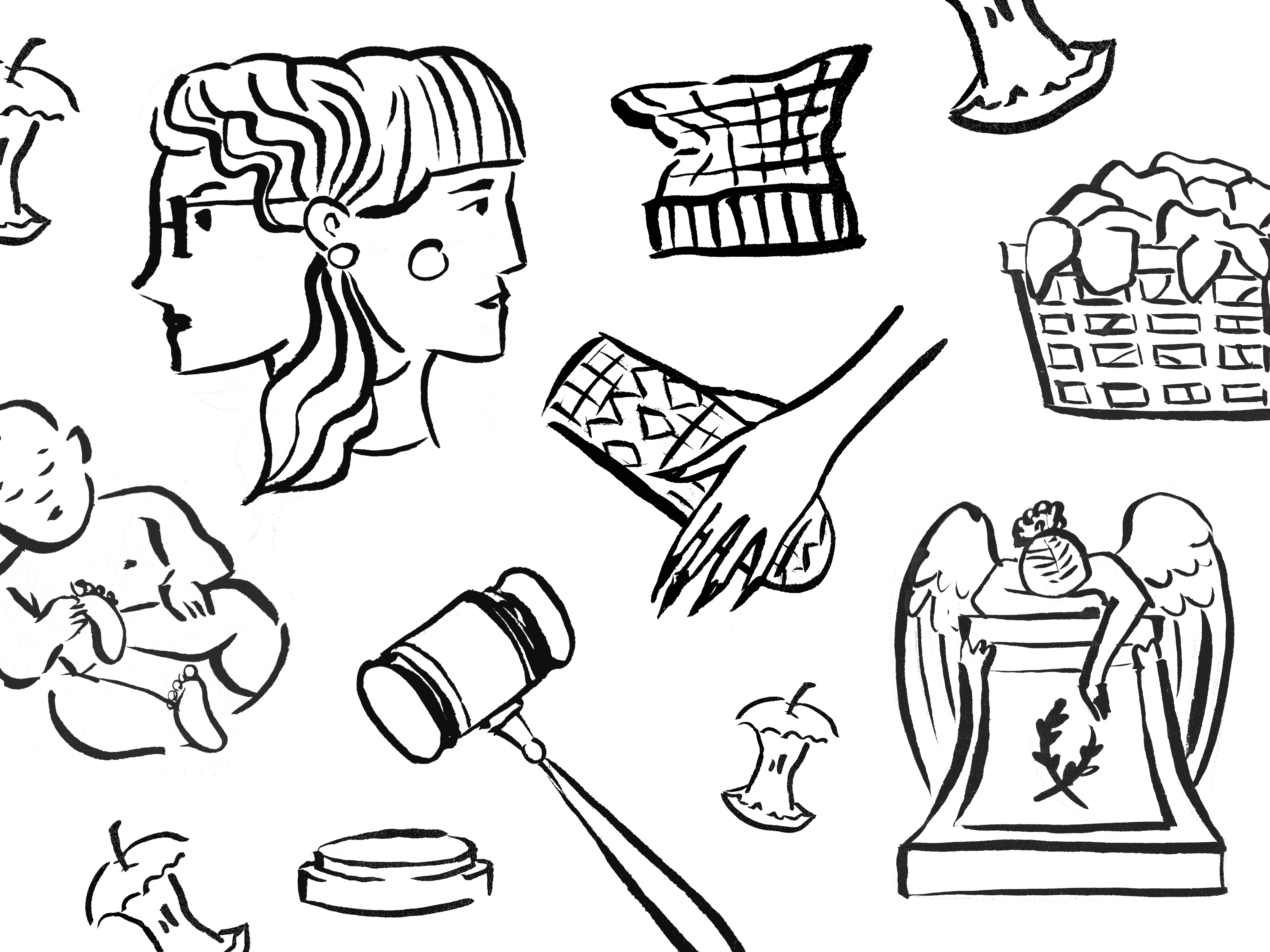Becca Rothfeld
Publicists, Manifesto Pushers, Propagandists | What Happened to the Avant-Garde?
Becca Rothfeld
It’s commonplace to note that sociopolitical upheaval and artistic experimentation often flourish side by side. But today — despite an alleged “polycrisis” — new modes of cultural production don’t seem to be emerging. Three years after the start of the Covid-19 pandemic and the subsequent George Floyd rebellion, the arts seem stagnant and stubbornly centralized: franchise fare dominates at the box office; literary output is hampered by monopolized publishers; even...
Dark Forces at Work
Becca Rothfeld
The iron law of cultural production is that everything is always getting worse. Pick a moment — any moment — and there is sure to be a catastrophist in tow, waving her arms and warning that a crisis is upon us. The death of the novel or the poem is declared with dependable regularity, and criticism has been crumbling since its inception. New Critic John Crowe Ransom bemoaned the state...
Feminism and Kitsch
Becca Rothfeld
I am the first to admit that contemporary feminism suffers from an optics problem, and I am the first to admit that an optics problem is no trivial matter. Hillary Clinton and Kamala Harris Christmas ornaments, crocheted vagina hats, women at the helm of execrable tech companies urging us to “lean in” until we topple into the maw of misinformation: these are just a few of the “cringe” artifacts that...
“Steered by the Reactionary” | What To Do About Feminism
Becca Rothfeld
For a long time now, we’ve had the sense that feminism is in trouble. In the years before the pandemic, its most prominent battles — the Hillary Clinton campaign, the Women’s March, #MeToo, the Kavanaugh confirmation hearings, “Nevertheless, she persisted” — were about figureheads. These days, symbols no longer seem adequate, or even all that meaningful. The professions (teaching, nursing, eldercare) that have been most overtaxed and underprotected during the...





